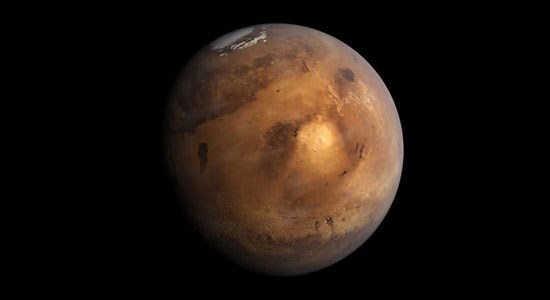"This is the time. This is our time. This is your time. Let’s go for it.”
Those were the words of Apollo 11 astronaut Buzz Aldrin at this week’s Humans to Mars Summit (H2M), sponsored in part by Dell.
Aldrin performed the world’s first successful spacewalk and was one of the first two humans to set foot on the moon in 1969, but the 86 year old has really impressed me with his embrace of social media to encourage us to #GYATM (look it up).
H2M is an annual conference that addresses the major technical, scientific, and policy challenges that need to be overcome in order to send humans to Mars by the 2030s. But sponsorship of that discussion is only one way Dell supports space exploration efforts around this big blue marble.
Many organizations involved in space exploration are leveraging Dell technology, and collaborating with each other, to push the boundaries of our celestial knowledge. And, with more and more countries running space programs, there is a growing demand for astronaut training.
The Center for Space Simulator Development and Personnel Training (CSD&PT) in Russia focuses on the development of simulators and training systems for trainee astronauts worldwide. It’s developed more than 30 specialized training solutions, including hardware and software systems for supporting Russian and international astronaut crews. They turned to virtual desktop infrastructure (VDI) to make their infrastructure more power efficient and less time-consuming to manage.
“It was clear to us that a VDI was a good option. We are a small team and we wanted to minimise administration and concentrate on developing our training systems,” said Valentin Shukshunov, general manager of CSD&PT.
When China’s Shanghai Astronomical Observatory (SHAO) needed a high performance computing platform to take very-long-baseline interferometry (VLBI) measurement and determine orbit positioning for the Chang’e-3 probe as it prepared to support the first lunar soft-landing, they also turned to Dell.
“Dell was able to provide a complete end-to-end solution involving the hardware, software and specific support services required during the intensive period involving the lunar soft-landing,” said Zhong Chen, deputy director and designer, VLBI Command and Control Center, SHAO.
The European Space Agency is testing Dell laptops for use on the International Space Station, and the European Gravitational Observatory uses a Dell end-to-end enterprise solution to explore 1,000 times more of the universe. They recently completed a comprehensive upgrade of their data center that included Dell Networking switches, a Dell PowerEdge converged platform and Dell Storage.
The University of Cambridge is using Dell high performance computing to see the edge of space and detect signals 50 light years away by processing and collecting vast amounts of data captured by the world’s largest radio telescope.
Many of these countries and agencies are working collaboratively, so to have Dell as a partner to all is a significant benefit. This cooperation means we’re once again living in an exciting time for space exploration. And according to Explore Mars President, Artemis Westenberg:
“Looking at the progress that has occurred over the past year as indicated in our 2016 Humans to Mars Report, I am happy to say that October 6th, 2033 is looking better than ever as the date for the first footsteps on Mars.”
But the first African-American woman to travel in space, Mae Jemison, has her sights set even further into the cosmos. Mentioning the challenge of showing practical benefits and using the example of the Superconducting Super Collider that first brought me to Texas, she wants us to look beyond Mars to interstellar travel.
“The big difference is the distance, the time, and what you have to do independently,” she says. “I think we know how to do Mars.”
And I think Dell is ready to help get us there and beyond.
Image of Mars by Kevin Gill via Creative Commons
